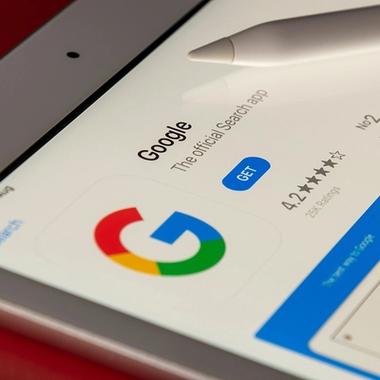You’ve done it. You’ve partnered with experienced UK-based app programmers, trusted application developers in the UK, or a full-service digital agency to build your brand-new mobile app. The code is compiled, the app store pages are live, your marketing emails have gone out - launch day is here.
But the real work begins in the aftermath. The first 30 days post-launch are absolutely critical. This is where you shift from “build mode” into “observe, adapt, grow” mode.
In this blog, we will walk you through what to expect in those first 30 days, how your team should be thinking, and the kinds of metrics, feedback loops and quick wins you should prioritise. No confusing tech talk, just clear advice from people who’ve built apps and watched what happens.





